Female Rage in Art
Since Auguste Toulmouche’s 1866 masterpiece The Reluctant Bride recently captured the internet’s attention, discussions about female rage...
Martha Teverson 6 May 2024
In the 19th century Russia historical painting was freed from formality and canons. We find a good example of this in the work of Vasily Surikov (1848-1916) who created historical paintings of deep philosophical content, many of which explored moral problems. His main theme is people. They appear not as the audience but directly in heroic action. Above all, Surikov shows their ability to fight for their rights.
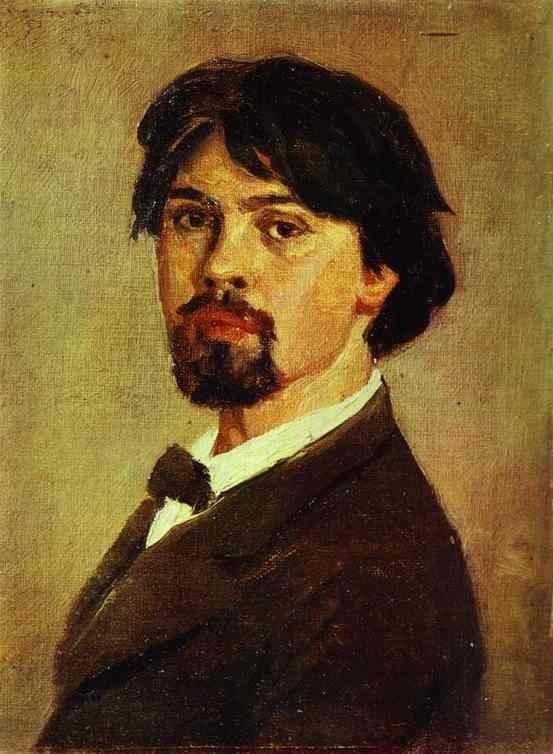
Vasily Surikov was born in 1848 in Krasnoyarsk, Siberia. He belonged to an old Cossack family and was very proud of his roots. Critically, Surikov believed that people from Siberia were different from those living in the rest of Russia. They were more free and courageous. When the young artist entered the Imperial Academy of Arts in Saint Petersburg he became aware of the contrast of the life and history of these “two Russias” – folk and state. This had a strong impact on him.
After graduating from the Imperial Academy of Arts with a gold medal, he moved to Moscow. There, Surikov found himself in the center of Russian folk life. It was this that set him on his path as a great historical painter.
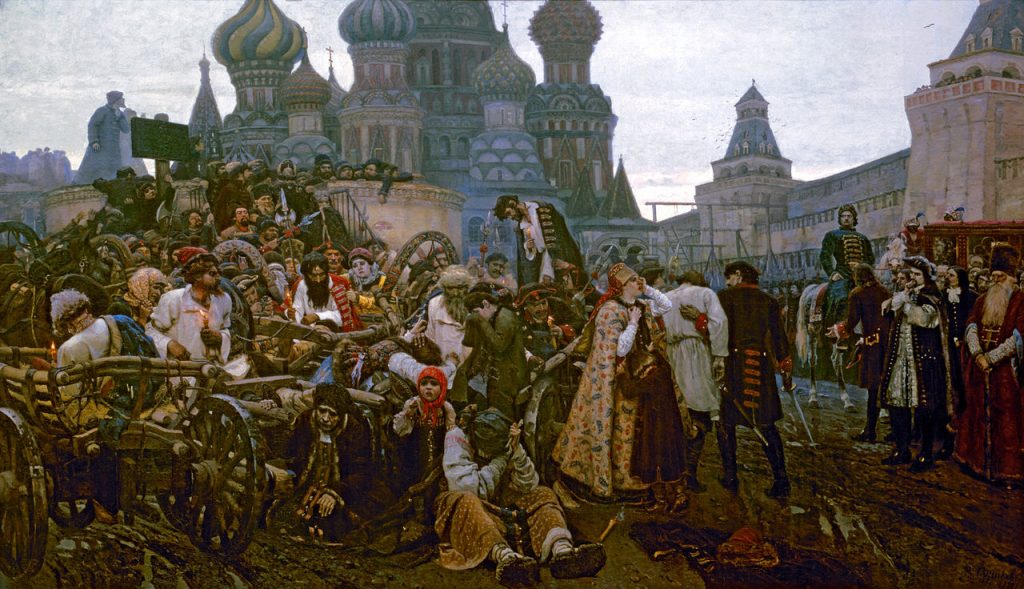
Morning of the Streltsy Execution struck the art world of Moscow like thunder. It shows the moment from the 17th century when the group of rebels (Streltsy, eng. archers) revolted against Peter the Great’s reforms. As a result of this they were publicly executed.
Initially, Surikov wanted to focus on a group of Streltsy. However, this would only showing the tragedy of people who rebelled against the progressive path of Russia. By adding Peter the Great, he added dignity to the tragedy. Furthermore, the painting highlighted the ability to overcome obstacles on the path of the country’s further development.
Surikov depicts the strength of the struggle in his image of a red-haired archer in a red cap. This man devotes the last minutes of his life not to saying goodbye to his crying wife, but to an outburst of protest. Another hero is the black-bearded archer who will not allow himself to be led to the gallows. Instead he will go by himself, his head held high.
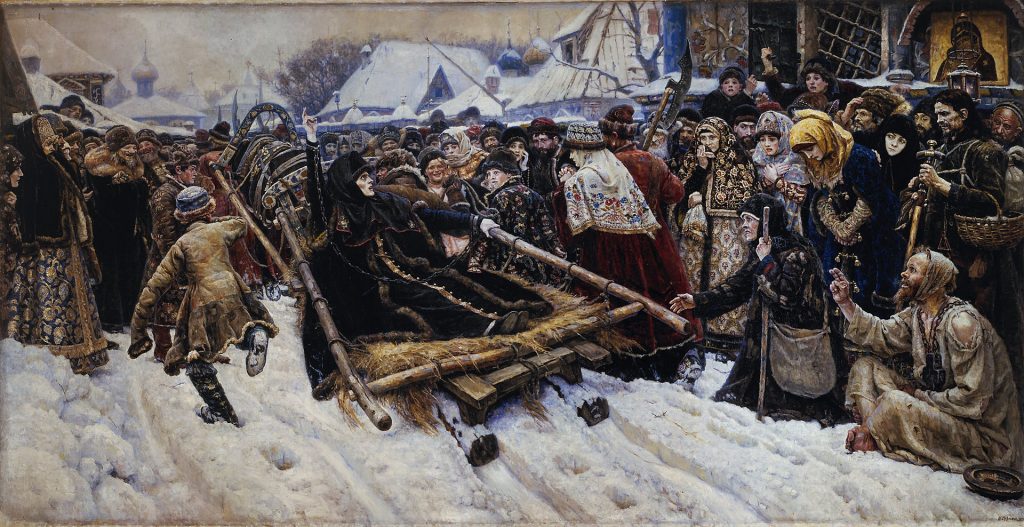
The idea of a popular struggle is expressed even more clearly in the painting, Boyar Woman Morozova (boyars – high society) which depicts an episode from the schism of 17th century. Here, an Old Believer, Feodosia Morozova, is transported across Moscow before being doomed to a slow death in an underground prison.
Two raised fingers was the Old Believers’ way of making the sign of the cross. By positioning the woman’s hand rising above the crowd, Surikov emphasizes the significance of her gesture. It calls not only to preserve the old customs of faith, but to fight to the death. Again, he shows us people ready to wage a selfless struggle for the sake of an idea.
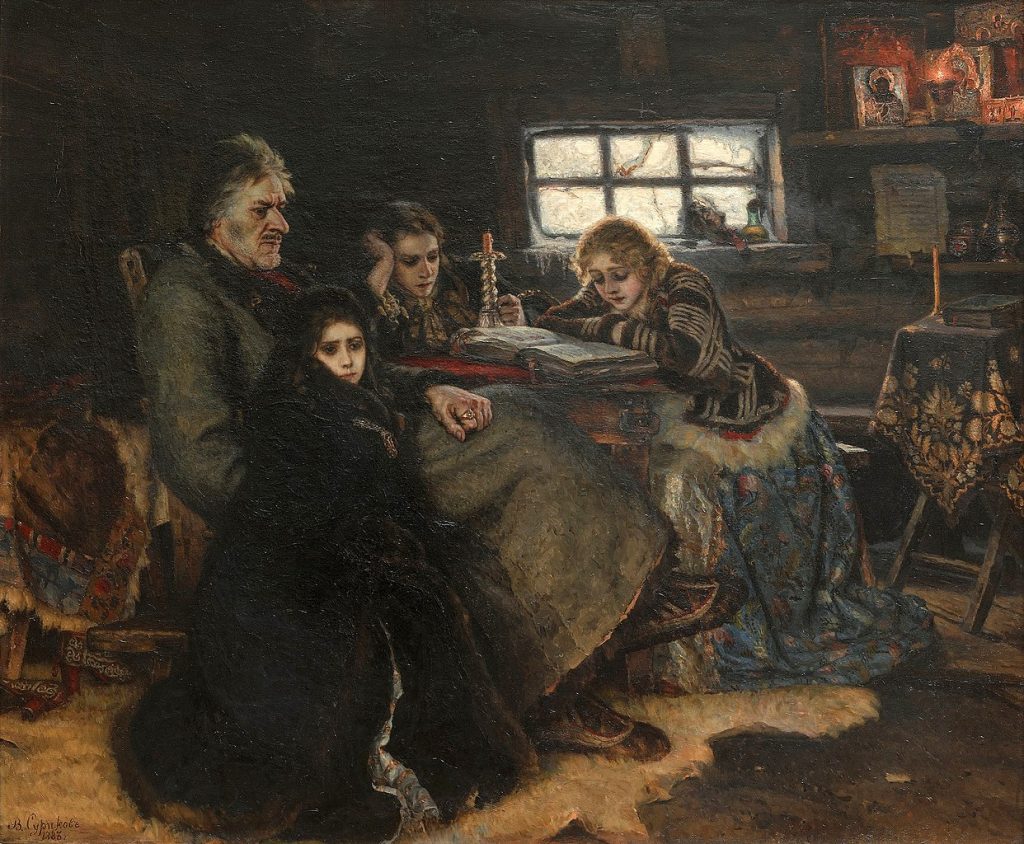
In the painting Menshikov in Berezovo, we see a tragic perception of reality. Alexander Menshikov was a close associate of Peter the Great who at one time had been glorified. However, here we find him at the end of his life, along with his family, doomed and forgotten. The hero’s figure is unnaturally large for his small home. As a result, the impression is that he is locked in this hut, as in a cage.
Surikov sold this painting to Pavel Tretyakov to solve material problems. Thanks to the money he received, he was able to visit Italy, Germany, France and Austria.
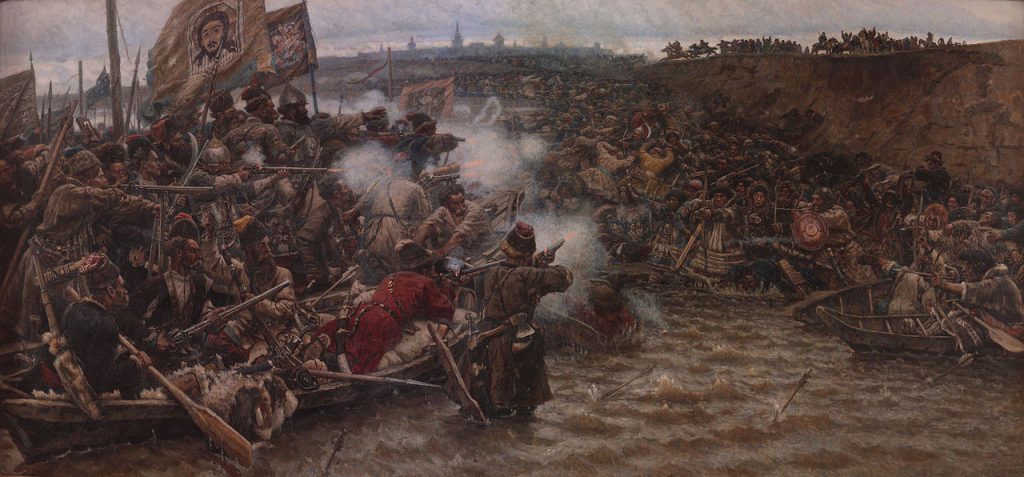
The painting Yermak’s Conquest of Siberia shows an open, victorious struggle. Yermak himself is the personification of valiant courage and, in like fashion, the Cossack detachment shows tremendous strength. Overall, the independent activity of the masses, united by a fighting impulse, appears as a patriotic feat. Yet, despite the fact that Yermak is the main character, he is shown fighting alongside all the others.
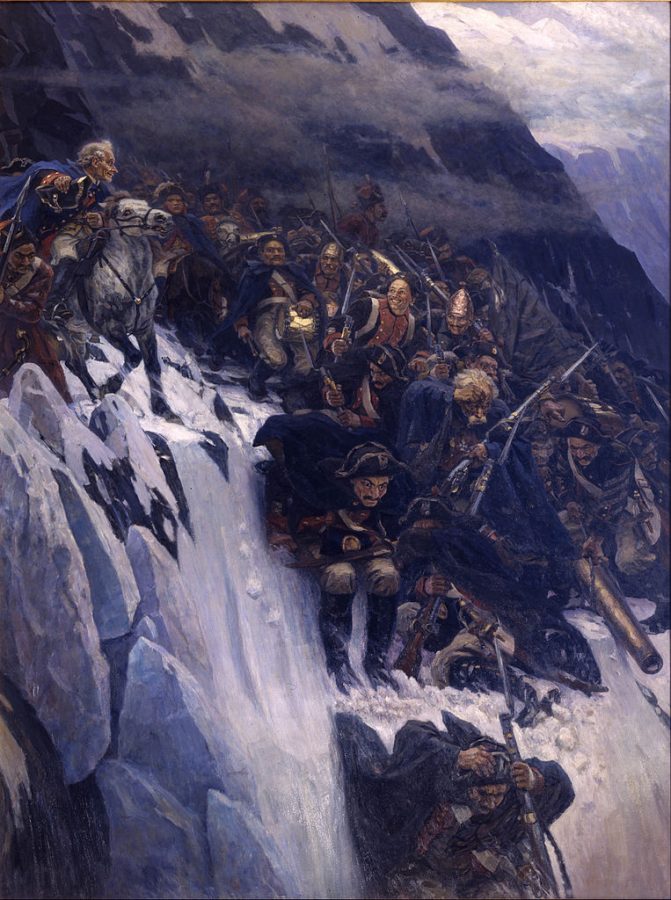
The passage of Russian troops across the Swiss Alps was unprecedented because no one did this in the winter. However, in this instance, Commander Alexander Suvorov had no other choice. Russia had to fulfill its allied obligations to Austria in the war against France.
Like Yermak, Suvorov’s main merit is unity with the soldiers. We do not see the courage of the warriors on the battlefield. Instead, we see how they overcame their fear of the unknown power of nature with the help of Suvorov’s encouraging words. The painting gives us a good impression of the power of the Russian army, a force which opponents feared for centuries.
The story in Surikov’s paintings is not obsolete. It is alive and continues in the present. His historical canvases are not works “about” or illustrations for events. They are drama and tragedy paintings, showing all the complexity of events.
DailyArt Magazine needs your support. Every contribution, however big or small, is very valuable for our future. Thanks to it, we will be able to sustain and grow the Magazine. Thank you for your help!